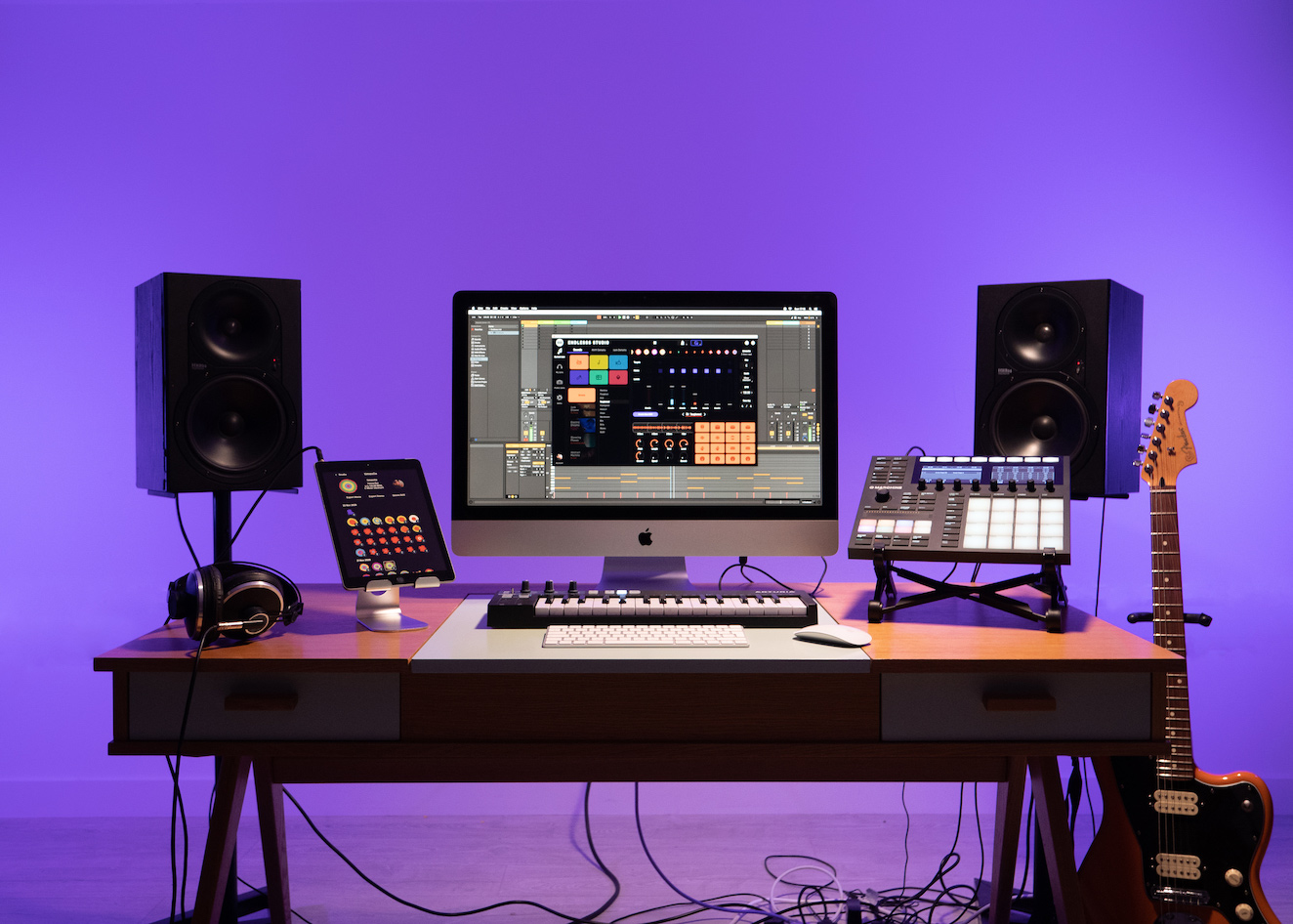For those unfamiliar with Endlesss: it’s a collaborative music making app founded by musician Tim Exile that has been on the market as a (free) mobile app for a while already. In December, Endlesss launched its desktop app which I’ve now given a go and it provided a glimpse of how music is reconquering a quality it has lost in the age of the recording: participation.
Why Endlesss is different
Instead of writing songs, the app’s users are encouraged to make ‘jams’ which essentially are iterative loops of up to 8 bars. Each iteration is called a riff. When you add an instrument or effect to a riff, it creates a new riff inside your jam which then plays as a loop. The audio keeps playing, the interface keeps staring at you, encouraging you to keep jamming.

The app is also social, allowing users to participate in jams with others or just to listen in and explore riffs. There are prominent public jams that everyone can participate in as well as invite-only ones. Some of these jams lead to users sharing interesting moments of the jams (riffs) to the community, which can then be remixed and used to kick off another jam. Pretty cool considering some of the app’s users are popular producers themselves (Imogen Heap and Ninja Tune co-founder Matt Black joined Endlesss founder Tim Exile for livestreamed jams last year).

How Endlesss redefines music
The social dimension, culturally speaking, is Endlesss’ most important aspect, because it changes the default meaning of music. For people who are not creators, music is something you listen to. It’s the same every time you hear it and it doesn’t change. If a remix or a cover version is made, it’s considered as ‘less real’ than the ‘original version’ (which in some cases may just be the most famous version, but not the first recording).
These are new qualities of music – at least as a default – introduced by the age of recorded music and mass consumerism. Music has become less participatory in that you don’t need anyone to play or sing a song if you want to hear it. The fact that it’s a new quality also means that it’s not inherent to music, meaning we can use the power of our devices (now easily amplified by connected AI) to experience music in new ways.
In the case of Endlesss, that means music is not a song, but an iterative jam. It’s something that happens, that invites participation, and that changes over time (though a snapshot of each iteration remains on the platform as a riff).
The age of non-static
This trend extends way beyond Endlesss and goes decades back to ‘affordable’ drum computers and samplers sparking the foundations of today’s most popular genres: house and hiphop. Then we got the rapid interchange of ideas and remixes enabled by Soundcloud which enshrined the platform’s cultural influence into genre names such as cloud rap. Outside of music, internet meme culture evolved through remixes and iteration, providing a non-linear visual culture detached from the channels of mass media and behaving according to the network reality of the internet.

For the connection back to music, you only have to look at today’s hottest social media company, TikTok, which is completely based on remix culture. I’m not saying Endlesss is the TikTok of music production software; I’m saying that there’s a generation of people for whom the primary point of interaction with music is through a new set of interfaces that make music more than just its static, recorded self. It’s participatory and made to be engaging, like live music… but scalable.
